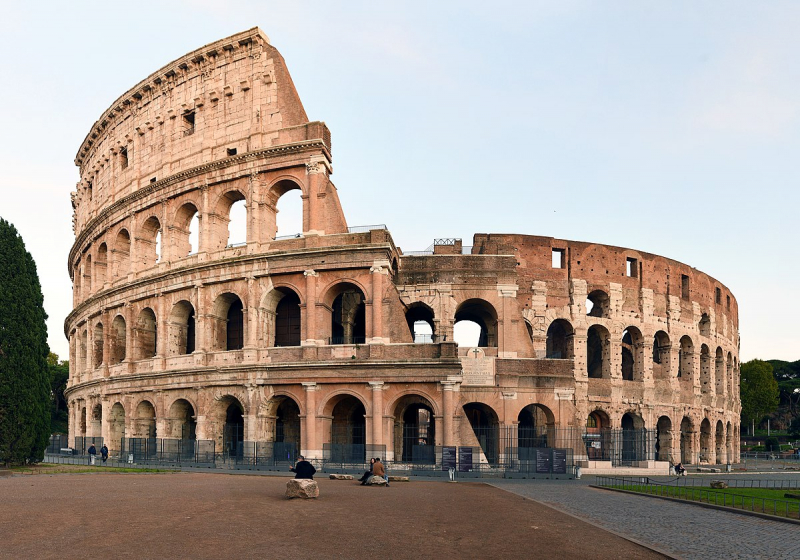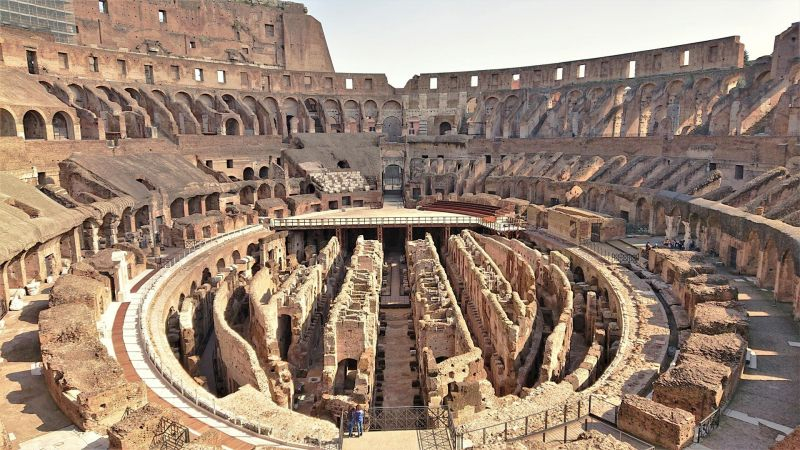Colosseum
The Colosseum is the biggest historic ancient amphitheater ever constructed. It is still the biggest standing amphitheater in the world today despite its advanced age as well as one of the most exemplary structures of ancient Roman of architecture. The Colosseum is an oval amphitheater located in the heart of Rome, Italy, directly east of the Roman Forum. Vespasian ordered construction to start in 72, and Titus, his successor and heir, ordered it to be finished in 80 AD. During Domitian's rule, additional alterations were performed. Later classicists and archaeologists gave the amphitheater the name Flavian Amphitheater because of its connection to the family name of the three emperors who sponsored the project.
Travertine limestone, tuff (volcanic rock), and brick-faced concrete were used to construct the Colosseum. It was used for public spectacles such as animal hunts, executions, reenactments of famous wars, dramas based on Roman mythology, and briefly simulated naval battles. It could contain an estimated 50,000 to 80,000 spectators at various stages in its history, with an average attendance of about 65,000.
The building served as a venue for public spectacles such animal hunts, executions, and reenactments of historic conflicts in addition to gladiatorial contests. Additionally, plays based on Roman mythology were performed there. However, the Colosseum was shut down for hosting shows in medieval times. It was used as a quarry, a fortress, a place of worship for Christians, workshops, and residences.












